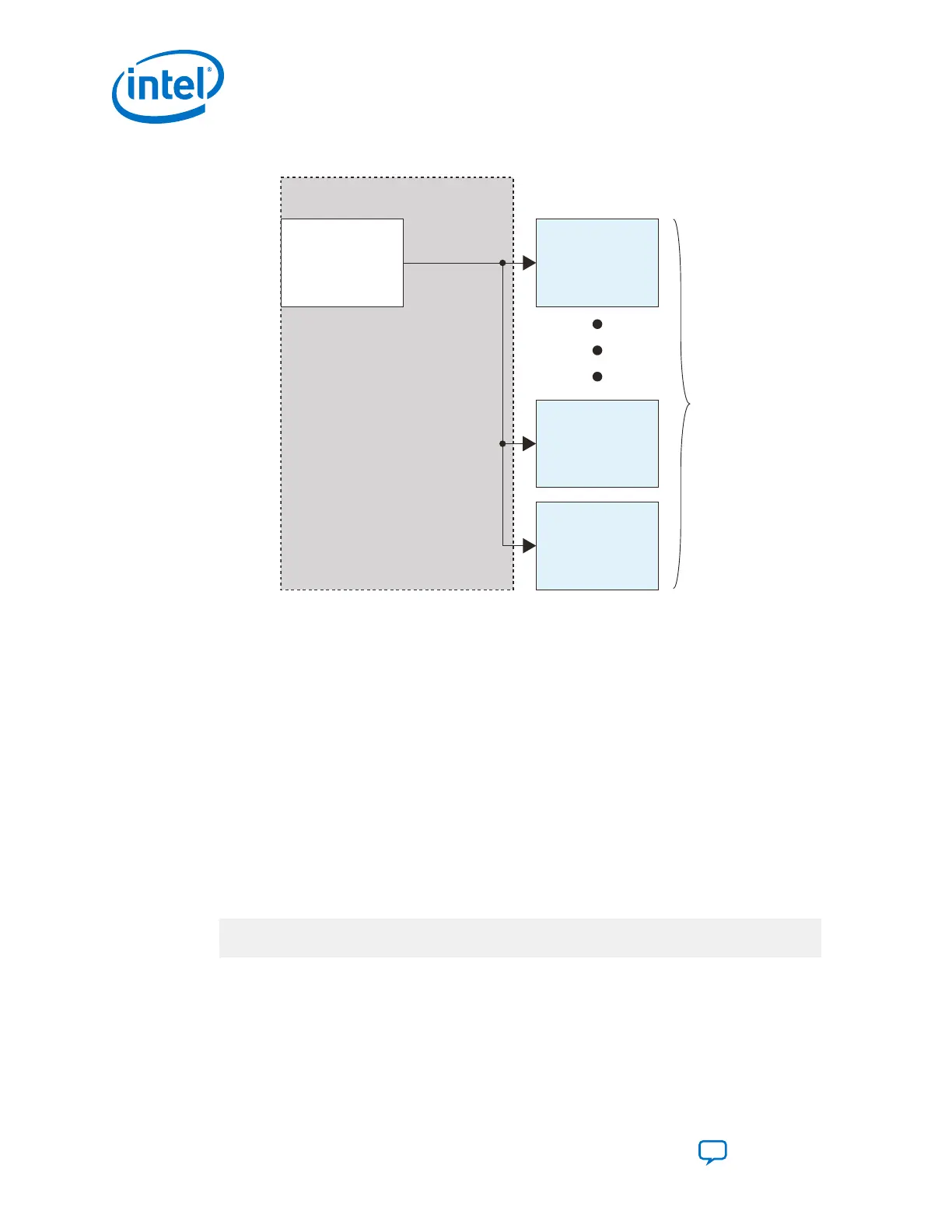Figure 166. Physical Routing Delay Skew in Bonded Channels
PHY Reset
Controller
TX
Channel[ n - 1]
TX
Channel[1]
TX
Channel[0]
Bonded TX
Channels
tx_digitalreset
FPGA Fabric
You must provide a Synopsys Design Constraint (SDC) for the reset signals to
guarantee that your design meets timing requirements. The Quartus Prime software
generates an .sdc file when you generate the Transceiver Native PHY IP core.
This .sdc contains basic false paths for most asynchronous signals, including resets.
In the case of bonded designs, this file contains examples for maximum skew on
bonded designs. This .sdc file contains an example false_path and an example
max_skew constraint for the tx_digitalreset signals.
All modified IP constraints from a generated .sdc file must be moved to the project’s
main .sdc file, because changes will be lost if the IP is regenerated.
This skew is present whether you tie all tx_digitalresets together, or you control
them separately. If your design includes the Transceiver PHY Reset Controller IP core,
you can substitute your instance and interface names for the generic names shown in
the example.
Example 1. SDC Constraint for TX Digital Reset When Bonded Clocks Are Used
set_max_skew -from *<IP_INSTANCE_NAME> *tx_digitalreset*r_reset
-to *pld_pcs_interface* <1/2 coreclk period in ps>
In the above example, you must make the following substitutions:
• <IP_INSTANCE_NAME>—substitute the name of your reset controller IP instance
or PHY IP instance
• <½ coreclk period in ps>—substitute half of the clock period of your design in
picoseconds
4. Resetting Transceiver Channels
UG-20070 | 2018.09.24
Intel
®
Cyclone
®
10 GX Transceiver PHY User Guide
Send Feedback
270

